NOTTINGHAM FOREST FANS ARE CONVINCED TWO PLAYERS CAN’T PLAY TOGETHER AND DEMAND SEAN DYCHE SELLS ONE
Nottingham Forest’s story in the 2025–26 season has been turbulent: the club parted company with Ange Postecoglou after a very brief spell and — as of late October 2025 — appointed Sean Dyche as head coach, a move explicitly aimed at restoring structure and stabilising results. Dyche’s arrival was widely reported and framed around a requirement to arrest a slide in form and rebuild defensive solidity.
At the same time, Forest’s squad has been a locus of intense transfer market attention. The club has been linked in the media with potential player sales — partly to satisfy regulatory or financial constraints — and the summer’s hectic market activity has left supporters particularly sensitive to questions of value, fit and identity. Commentators have flagged that Forest may need to sell players to balance books or comply with Profit and Sustainability Regulations (PSR).
These structural pressures — new manager, performance anxiety and off-field financial constraints — form the background that explains why isolated tactical disagreements quickly escalate into calls for players to be moved on.
Which players are fans talking about — and why it matters
Although social media and fan forums are noisy and opinions vary, two names have often dominated recent conversations: Morgan Gibbs-White and Brennan Johnson. Both have been high-profile Forest players in recent seasons; Gibbs-White in particular attracted outside interest during the summer transfer window and signed an extension amid reported approaches, generating intense fan reaction.
Fans’ central claim is simple: the two occupy overlapping economic and tactical space in the team and, in the view of some supporters, their on-pitch characteristics are redundant or even mutually inhibiting. Put another way, the argument is that the team’s performance would improve if one of the two were sold and their transfer fee reinvested more strategically.
It is important to emphasise that these claims combine three different kinds of judgement: (a) immediate match-level observation (do the pair look clumsy together?), (b) longer-term tactical logic (do their skillsets overlap?) and (c) economic calculation (could a sale fund better reinforcements?). Each layer requires separate scrutiny. Fan anger and petitions rarely separate those levels, which makes discourse emotionally charged but analytically fragile.
Tactical diagnosis: overlap, role clarity and sample evidence
From a purely tactical standpoint, compatibility questions usually arise when two players share similar preferred zones and responsibilities (e.g., both want to occupy the same half-spaces, both are creators rather than finishers, or both are pressing-dependent and leave defensive voids). Gibbs-White is a creative, dynamic attacking midfielder with carriers’ instincts and an orientation to orchestrating forward play; Johnson is a forward/winger whose best contributions often come from wide runs, late half-space entries and high tempo transitions. In principle, those profiles can be complementary: a mobile No.10 supplying a wide forward, and a direct winger benefitting from central invention.
Where the perceived incompatibility emerges is when system choice denies role clarity. Under a manager whose system demands rigid defensive shape or defined two-player partnerships (for example, a low-block back five and two disciplined midfielders), two instinctive, high-variance attackers may struggle to co-exist without clear boundaries. Likewise, if the manager asks both to perform identical creative tasks without conceding space to each other, their strengths can clash rather than compound.
Operational evidence — match heat maps, pass networks and pressing maps — would be required to establish overlap empirically; absent that, the fan view is often formed by a small sample of poor results or visible disorganisation in one or two high-profile matches. That said, public debate about the Gibbs-White situation during the summer — including transfer speculation and the club’s robust response to outside approaches — has magnified every tactical misstep into a sale demand.
Financial and governance realities: why fans’ requests are sometimes unrealistic
Supporters’ calls for a sale are typically motivated by three impulses: immediate retribution (punish perceived underperformance), hope (sell high, buy better), and pragmatism (balance the books). But club decision-making must weigh more than sentiment. Key constraints include contractual valuations, market demand, the player’s own willingness to move, and regulatory timing (transfer windows, PSR cycles).
Forest’s ownership and sporting directors have faced public scrutiny over transfer dealings; reputable outlets have discussed the club’s need to manage squad costs and potential forced sales to remain compliant. That context explains why fans sometimes conflate financial necessity with tactical desirability — the two are related but distinct.
Managerial perspective under Sean Dyche: alignment and possible pathways
Dyche’s managerial DNA emphasises structure, defensive organisation and clarity of roles. If the fan complaint is rooted in loose role definition, a Dyche regime might reduce perceived incompatibility simply by prescribing clearer tasks (e.g., Gibbs-White disciplined to a central Nº10 role with defined defensive triggers; Johnson given specific wide-forward circuits or rotated with an alternative to retain balance).
Three pragmatic options available to Dyche and the sporting department are:
1. Role reconfiguration — set specific positional and defensive duties so the pair’s movements dovetail rather than collide.
2. Rotation and alternatives — manage minutes and pairings without selling, using rotation to sustain both players’ strengths across the season.
3. Asset monetisation — sell one only if market conditions are favourable, the financial package is compelling, and adequate replacements are available or affordable.
Given Dyche’s short-term imperative to halt poor results, option (1) and (2) are most compatible with stabilisation; option (3) is transactional and riskier unless compelled by regulation or a transformational fee. Reuters and major outlets have highlighted Dyche’s immediate focus on arresting confusion and stabilising the squad on the field, not wholesale surgery.
Conclusion — judgement and recommendations
The fan conviction that “two players can’t play together” is a powerful cultural phenomenon but a weak basis for immediate wholesale action. Tactical incompatibility can indeed exist, but it is often remediable by clearer tactical definition, rotation policy or supplementary recruitment. Conversely, selling a high-value asset for short-term relief risks long-term decline if the replacement is inferior or integration is inadequate.
Recommended steps for Nottingham Forest’s decision-makers:
Commission an evidence-based tactical audit (heat maps, expected-goals involvement, spatial overlap) to test the incompatibility claim empirically.
Instruct the coaching team to trial explicit role prescriptions in training that reduce movement overlap.
Keep sale discussions conditional on market reality (price, buyer, replacement plan), not on short-term fan mood.
Communicate transparently with supporters about the rationale for any decision to sell or retain a key player — that transparency reduces the destructive speculation that fuels demands for precipitous sales.
Supporter pressure is legitimate in a democratic sporting culture, but good governance requires that emotional reactions be translated into disciplined analysis before irreversible trading decisions are made. Sean Dyche’s early remit is to impose clarity; whether that extinguishes the “they can’t play together” narrative or renders it a sensible commercial choice depends on hard data and balanced judgement — not just headlines.

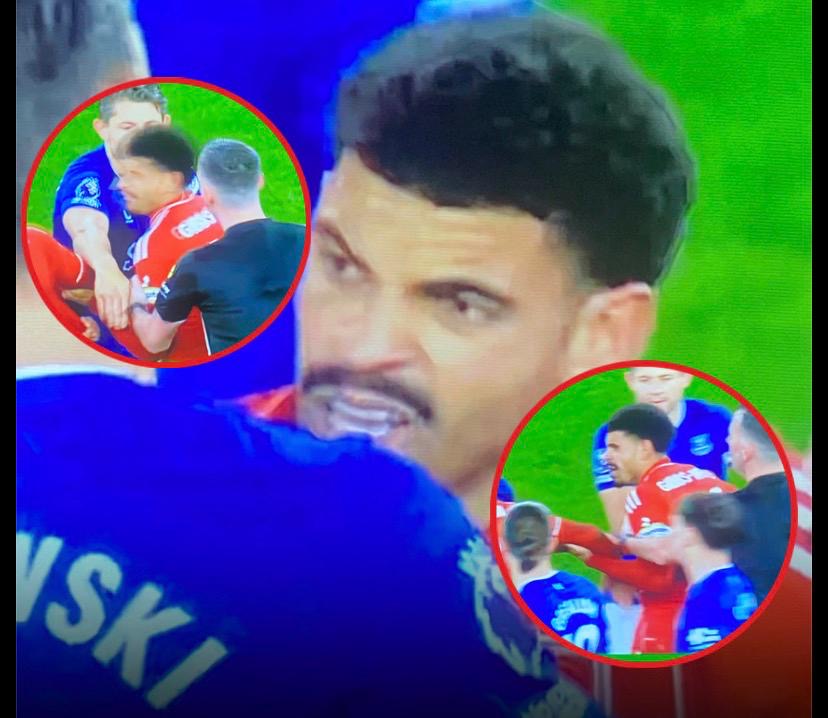
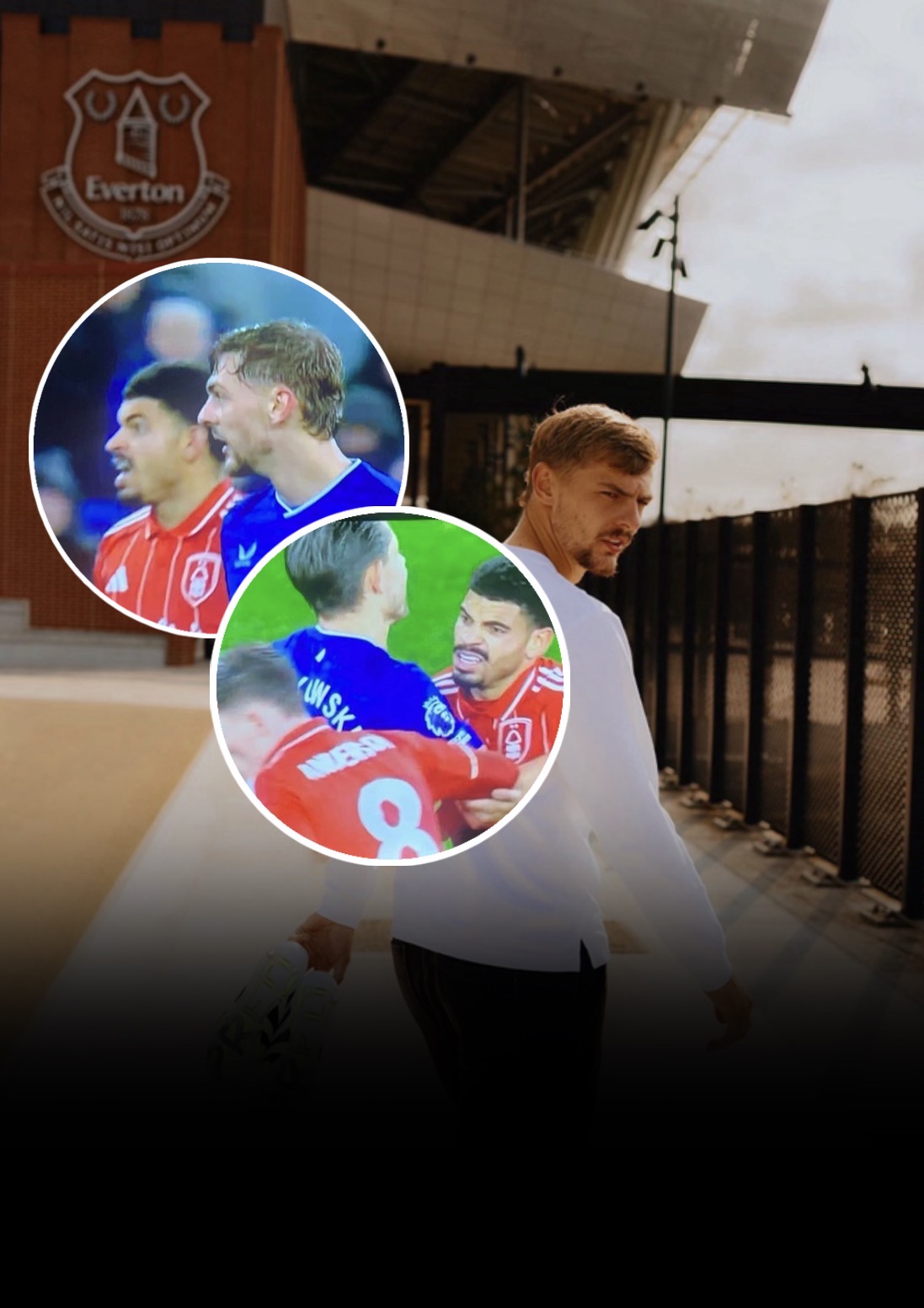

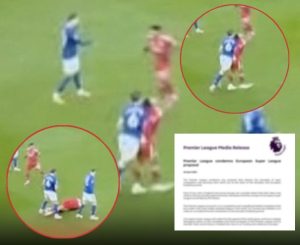
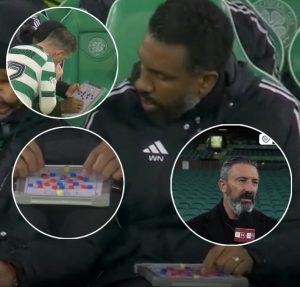
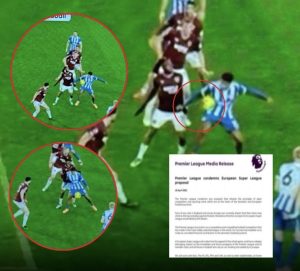
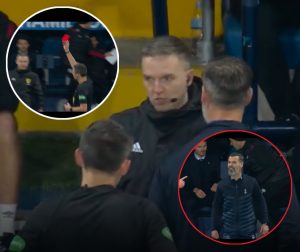
Post Comment